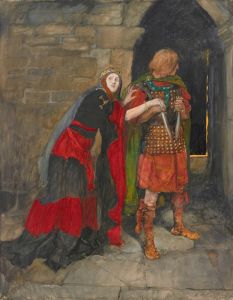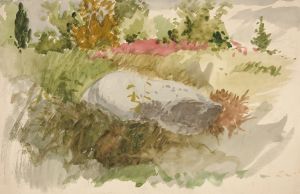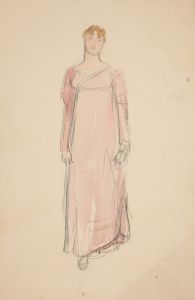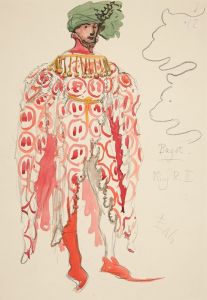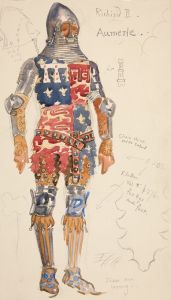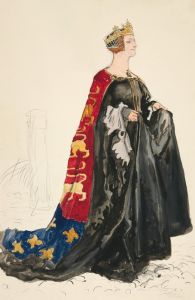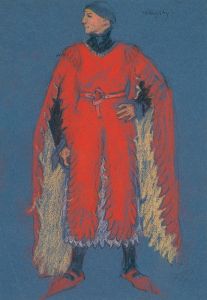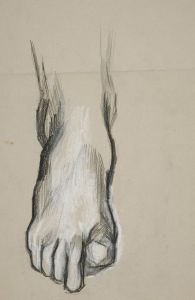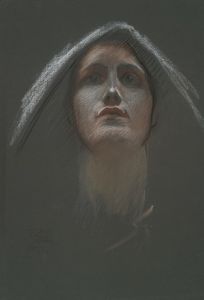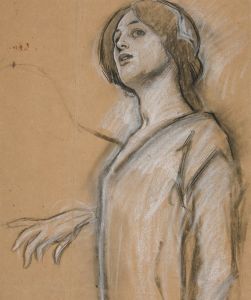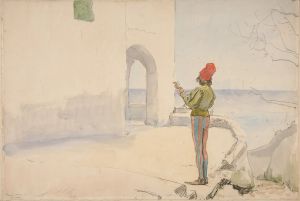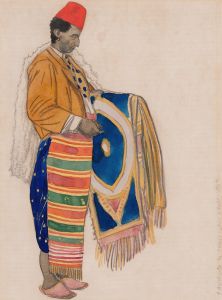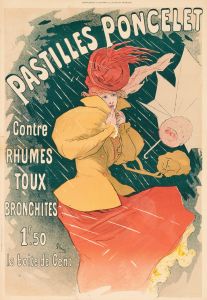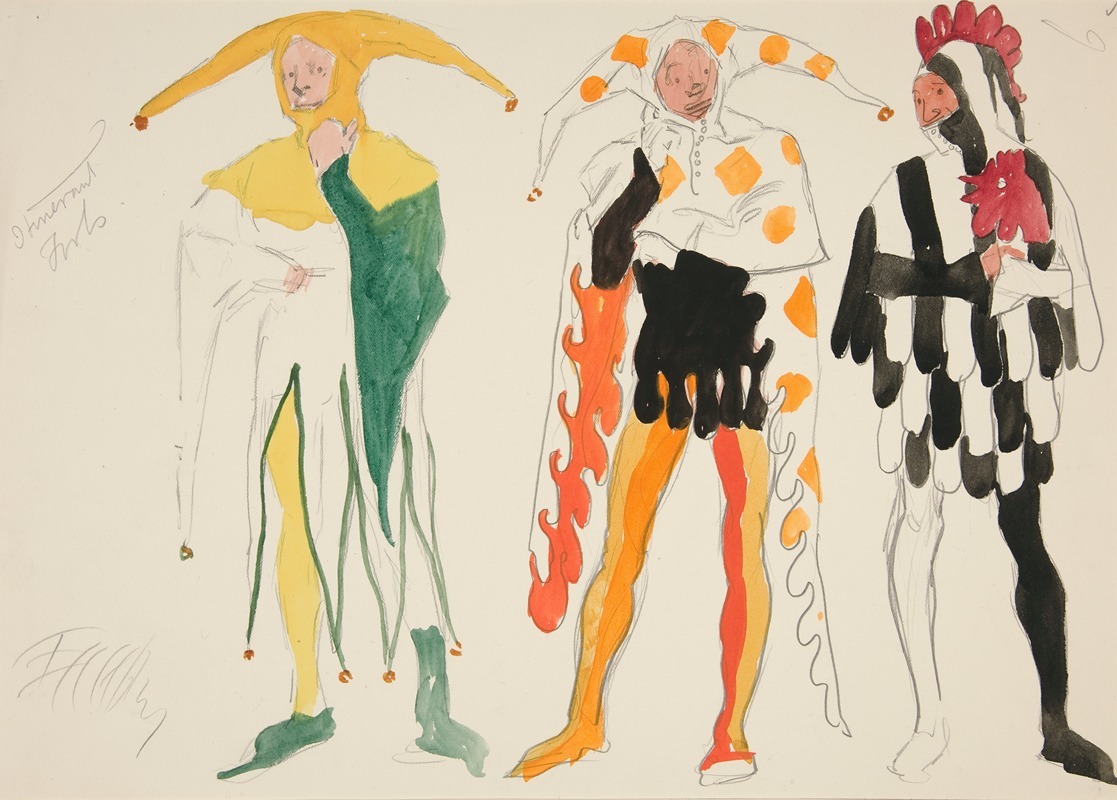
Fools, costume sketch for Henry Irving’s Planned Production of King Richard II
A hand-painted replica of Edwin Austin Abbey’s masterpiece Fools, costume sketch for Henry Irving’s Planned Production of King Richard II, meticulously crafted by professional artists to capture the true essence of the original. Each piece is created with museum-quality canvas and rare mineral pigments, carefully painted by experienced artists with delicate brushstrokes and rich, layered colors to perfectly recreate the texture of the original artwork. Unlike machine-printed reproductions, this hand-painted version brings the painting to life, infused with the artist’s emotions and skill in every stroke. Whether for personal collection or home decoration, it instantly elevates the artistic atmosphere of any space.
Edwin Austin Abbey was an American artist known for his work in both illustration and painting, particularly during the late 19th and early 20th centuries. One of his notable contributions to the arts was his involvement in theatrical productions, where he often created costume designs and sketches. Among these works is the "Fools, costume sketch for Henry Irving’s Planned Production of King Richard II."
This particular sketch was part of Abbey's collaboration with the renowned English actor-manager Sir Henry Irving. Irving was a prominent figure in the London theatre scene and was known for his ambitious and elaborate productions of Shakespearean plays. Abbey's role in these productions was to design costumes that would enhance the visual storytelling and authenticity of the performances.
The sketch for "Fools" was intended for a production of William Shakespeare's "King Richard II," a historical play that delves into the political and personal turmoil of the English monarch Richard II. Abbey's work on this project involved creating detailed and historically informed costume designs that would reflect the period in which the play is set, namely the late 14th century.
Abbey's costume sketches were characterized by their attention to detail and historical accuracy. He conducted extensive research into the clothing and fashion of the medieval period to ensure that his designs were not only visually striking but also true to the era. This commitment to authenticity was a hallmark of Abbey's work and contributed to the overall success and acclaim of Irving's productions.
The "Fools" sketch likely depicted the costumes for the jesters or comedic characters within the play. In Shakespeare's works, fools often serve as both entertainers and commentators, providing insight and levity amidst the drama. Abbey's design would have aimed to capture the essence of these characters, balancing the need for humor with the historical context of the play.
While the production of "King Richard II" by Henry Irving was planned, it is unclear whether it was ever fully realized with Abbey's designs. Nonetheless, Abbey's sketches remain a testament to his skill and dedication as an artist. They offer a glimpse into the collaborative process between artists and theatre practitioners during this vibrant period in theatrical history.
Edwin Austin Abbey's contributions to theatre through his costume designs highlight the intersection of visual art and performance. His work continues to be appreciated for its artistic merit and its role in bringing Shakespeare's timeless stories to life on the stage. Abbey's legacy as an artist is preserved not only in his paintings and illustrations but also in his contributions to the world of theatre, where his designs helped shape the visual language of Shakespearean productions in the late 19th century.





